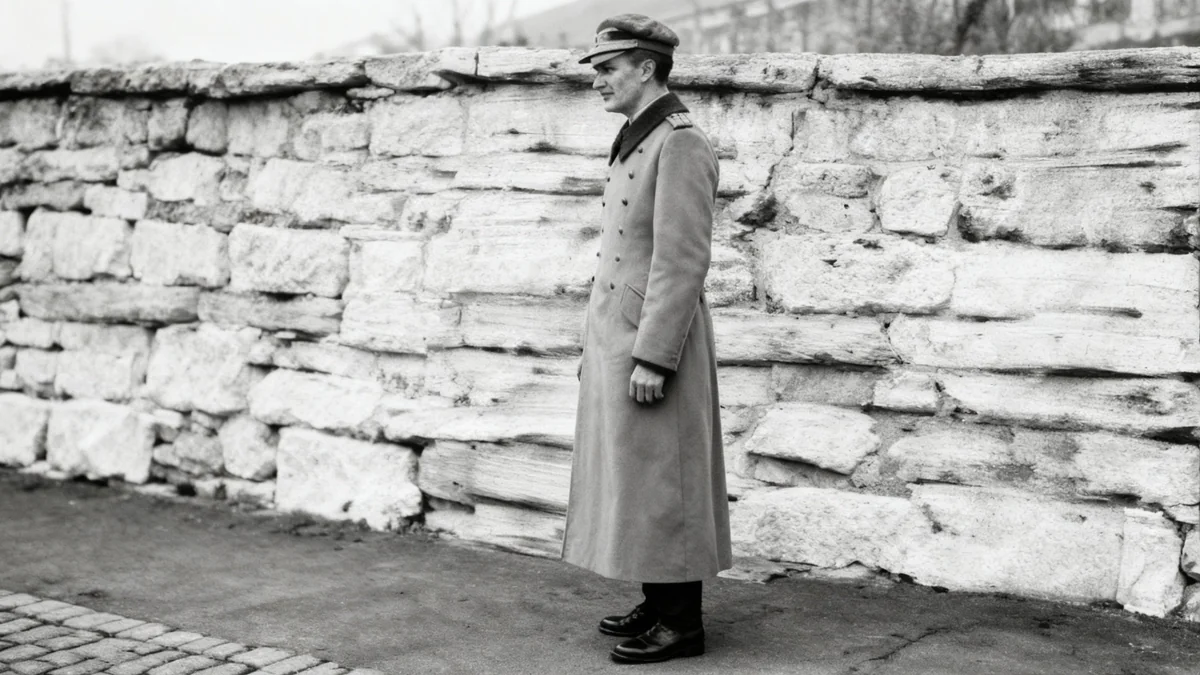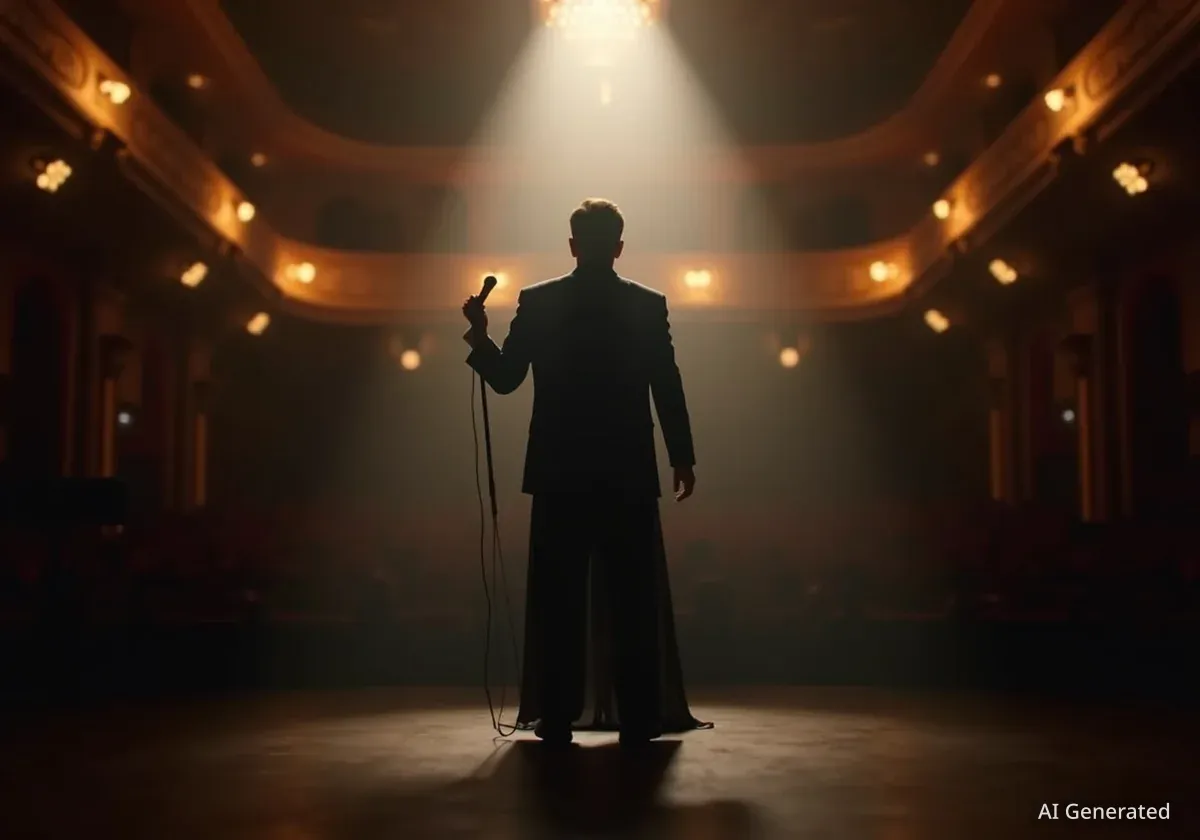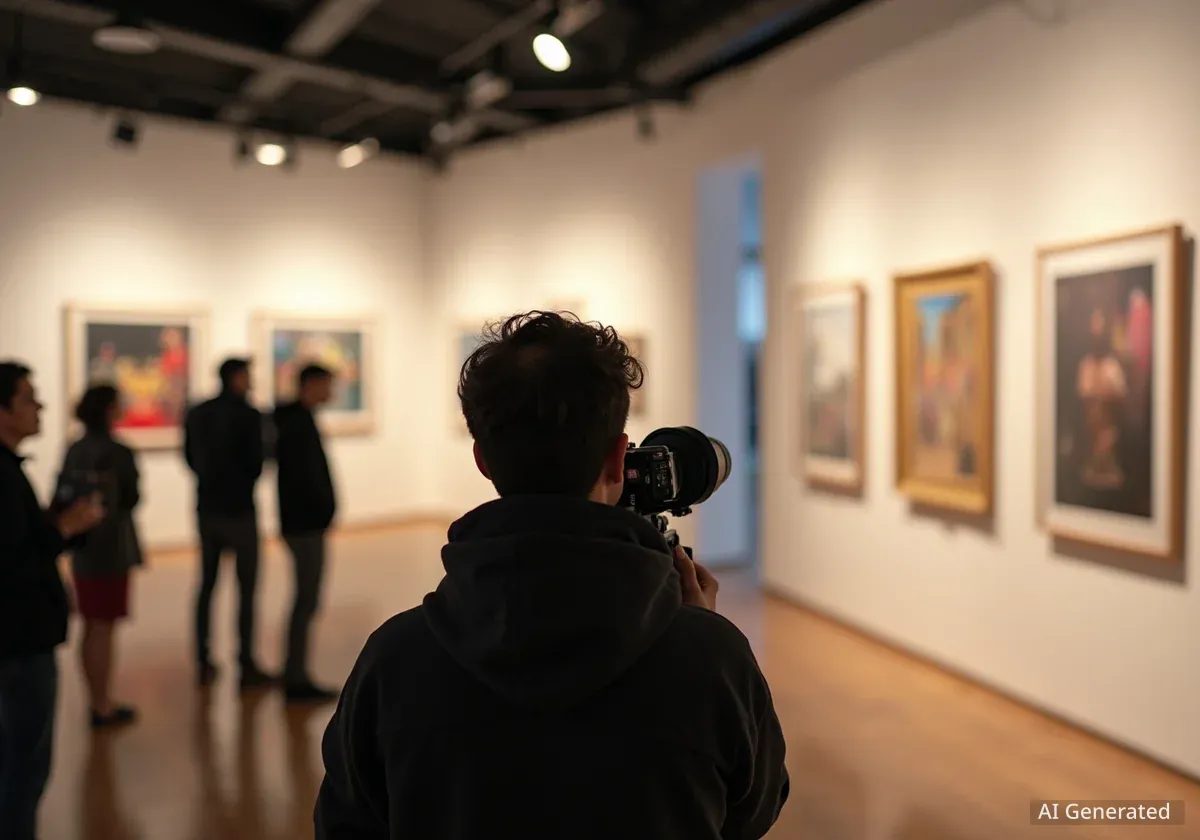A major exhibition celebrating the extensive career of acclaimed German artist Gerhard Richter is set to open at the Fondation Louis Vuitton in Paris. The retrospective features 275 works, spanning Richter's six-decade artistic journey, from his early photographic paintings of the 1960s to his most recent ink drawings from 2023. This comprehensive show offers a rare opportunity to view the full scope of an artist known for constant reinvention.
Key Takeaways
- Gerhard Richter's extensive retrospective opens at Fondation Louis Vuitton.
- The exhibition features 275 works, covering over 60 years of his career.
- Curated by Dieter Schwarz and Nicholas Serota, chosen by Richter himself.
- The show adopts a strict chronological layout across 34 rooms.
- It highlights Richter's radical stylistic changes and engagement with German history.
A Deep Dive into Richter's Artistic Evolution
Gerhard Richter, who turned 93 this year, officially stopped painting in 2017. However, he has continued to create smaller, intricate works on paper. This new exhibition aims to present the entire breadth of his work. It begins with his groundbreaking photo paintings and concludes with his latest abstract drawings.
The Fondation Louis Vuitton exhibition is curated by two experts on Richter: Dieter Schwarz and Nicholas Serota. Schwarz previously directed Switzerland’s Kunstmuseum Winterthur. Serota is the former director of Tate. Richter himself suggested these curators when the foundation first approached him about the show.
Exhibition Facts
- Number of Works: 275 pieces
- Gallery Space: Over 3,000 square meters
- Number of Rooms: 34 distinct rooms
- Duration: October 17, 2024 – March 2, 2026
According to Schwarz, the initial goal was to create a truly comprehensive exhibition. The only limitation was the vast 3,000 square meters of gallery space designed by Frank Gehry. The curators received strong support from both public and private art collectors. Schwarz noted, "The fact that Richter is still alive meant that nobody wanted to say no."
Decades of Radical Reinvention
Richter's career is marked by significant stylistic shifts. His early photographic paintings, like Uncle Rudi (1965), capture blurred family snapshots. This work shows a smiling relative in a Nazi-era military uniform. These early pieces seem very different from his bold abstract works of the 1980s, created using a squeegee technique.
These 1980s abstractions, in turn, appear almost unrelated to the precise strip paintings he produced in the early 2010s. This constant evolution is a central theme of the exhibition. The curators designed the layout to guide visitors through these changes chronologically.
"The goal from the beginning was to do a really comprehensive show," stated Dieter Schwarz, co-curator of the exhibition.
Chronological Journey Through Art
To manage the wide variety and large number of pieces, the curators chose a "strictly chronological" presentation. The exhibition starts with Table (1962), a gray-on-gray painting that Richter now considers his very first. This work, a bare, blotted-out image, hints at his earlier influences, particularly the French painter Jean Fautrier.
The exhibition spans 34 rooms. It concludes with Richter's most recent drawings. These works, typically A4 paper size, use a solvent to dilute ink. This process creates unpredictable, imaginative shapes rendered in stark colors. Richter names these pieces after their creation dates.
The Role of Chance in Richter's Art
Both Schwarz and Serota identify a deference to chance as a unifying element throughout Richter's career. While the blurriness in his early photo paintings was a deliberate artistic choice, it foreshadows the accidental drips and variations of paint seen in his later abstract canvases. This embrace of the unpredictable consistently appears across his diverse body of work.
German History and Artistic Allusion
Another consistent theme in Richter's art is his deep awareness of German history. Uncle Rudi is recognized as one of West Germany's first major artworks to confront Nazi Germany's wartime actions. Richter, born in Dresden, fled East Germany shortly before the Berlin Wall was erected in 1961.
He continued to make complex references to notable Germans throughout his career. These figures range from the composer Johann Sebastian Bach to Gudrun Ensslin of the Baader-Meinhof Gang. Ensslin is commemorated in Richter's 1987 abstract painting, Gudrun. These works demonstrate his ongoing engagement with his country's past and its complex figures.
Richter and Kiefer: Two German Masters
In the contemporary art world, the reserved Gerhard Richter is often compared to his more outspoken German contemporary, Anselm Kiefer. Both artists explore the implications of Germany's past, but their approaches differ significantly. Serota highlights the complexity of Richter's historical allusions. He contrasts this with the more rhetorical images created by Kiefer.
Kiefer often uses found objects, such as barbed wire, in his large-scale works. This gives his art a literal quality. Richter's paintings, however, tend to be more equivocal, even mysterious. This distinction sets their artistic interpretations of history apart.
- Richter: Complex allusions, equivocal, often abstract.
- Kiefer: Rhetorical images, literal use of found objects.
Richter maintains a private life, rarely giving interviews or attending exhibition openings. Kiefer, in contrast, is a more visible figure in the art world. The Paris exhibition includes a rare self-portrait by Richter from 1996. This painting shows his blurred head within soft, abstract color blocks. The expression, though indistinct, appears unsettled.
Serota, who first encountered Richter's work in the early 1970s, believes this self-portrait summarizes a key aspect of the artist's life and work. "He's never really satisfied," Serota observed. This restless drive has fueled Richter's continuous artistic exploration and transformation over many decades.
The exhibition, Gerhard Richter, runs from October 17, 2024, to March 2, 2026, at the Fondation Louis Vuitton in Paris. It offers a unique opportunity to witness the profound and varied output of one of the most influential artists of our time.




